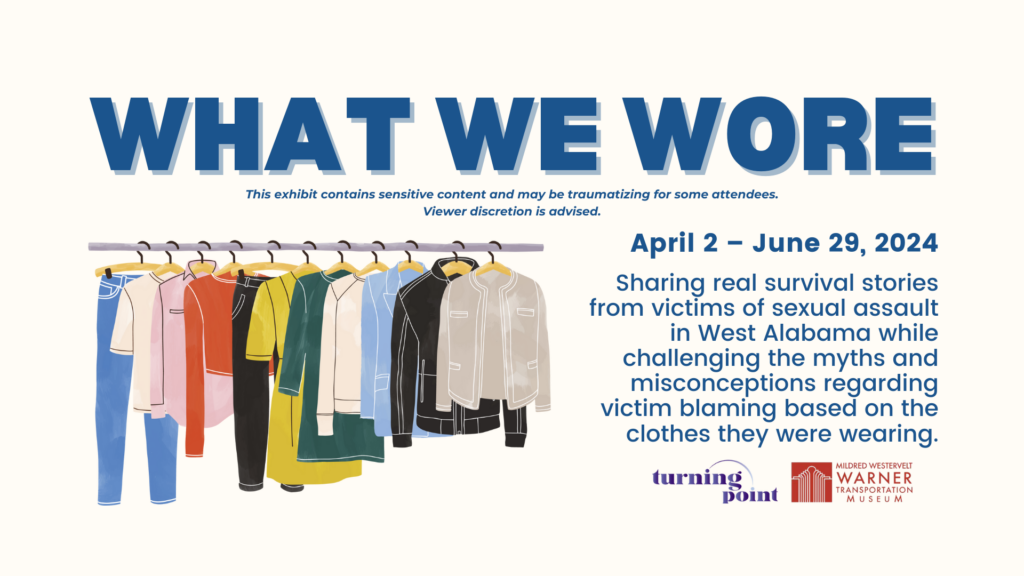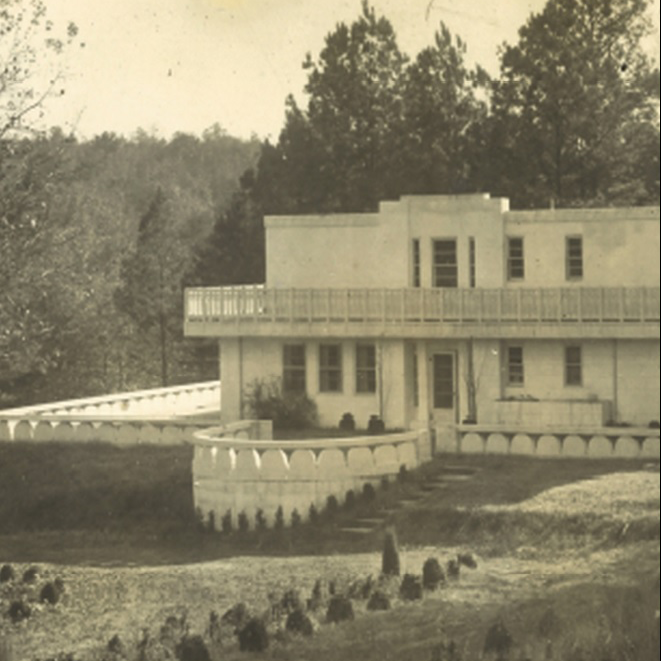From March 19 until July 20, 2024, the Mildred Westervelt Warner Transportation Museum will be presenting Southern Queer History: Tuscaloosa Lesbian Coalition, an exhibit aimed at uncovering the hidden history of the queer community in Tuscaloosa, Alabama. In collaboration with the Summersell Center for the Study of the South, University of Alabama Graduate Student, Callum Campbell, researched the obscured narratives of the queer community through the lens of the Tuscaloosa Lesbian Coalition (TLC). By examining how the queer community communicated, […]
Read More from Southern Queer History: Tuscaloosa Lesbian Coalition Exhibit


